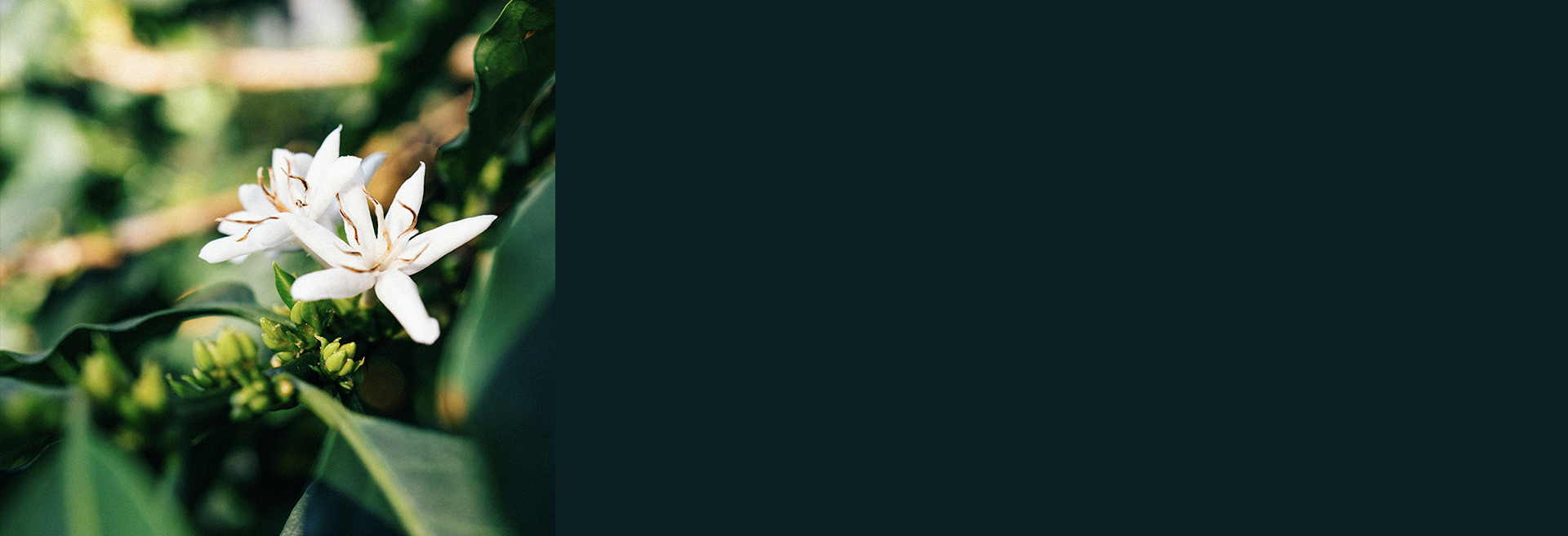Ethiopia
Nano Challa lot 22 - Ethiopia
250g
*Terroir Best lot*
Cup Notes
Jasmine / Peach / Mandarin / Lime / Apricot
Suggested for espresso and filter
QUALITY SCORE: 89.50
when we roast
We freshly roast to order all coffees on Monday, Wednesday and Friday (excluding national holidays), and ship the same day! Cut-off time is 11:59pm (UTC+1) of the day before the roast day. *We only ship whole beans*
Details
- Producer
- Several small farmers
- Country
- Ethiopia
- Terroir
- Agaro
- Altitude
- 1850-2100 mt
- Process
- Washed (wet)
- Arabica cultivar
- Ethiopian Heirloom
- Picked in
- Nov-Dec 2017
- Arrived in
- June 2018
- Shipped in
- Jute + GrainPro
- Roast profile by
- Rubens Gardelli
- Roasted on
- Customised solid-drum roaster
THE STORY BEHIND
The name Nano Challa refers to a local mythic tale about a challenge to become King of Jimma, and the coop adopted it to signify their desire to be a strong cooperative. Indeed, many coops in the West of Ethiopia have struggled to find good buyers who will pay enough for the coffee, to manage their own debts, and from internal struggles and graft. Nano Challa was formed as part of a new initiative to aid farmers in a more comprehensive way. This co-op, which is now 350 farmers and growing, has a tremendous mix of languages, tribes, cultures and religions. The program is administered by Technoserve, partially funded by the Bill and Melinda Gates Foundation, a non-government organisation that not only coordinates agronomists and managers for each of the coops they work with, but also has a business adviser assigned that helps the cooperative manage their debt, re-invest in quality improvements at the mill, and verifies distribution of income to all members. Free of debt, Nano Challa have recently purchased a second depulper to facilitate their continued growth in both cooperative size and market demand.
The farms are at altitudes between 1850 to 2100 meters, planted in old regional varieties of coffee.
Nano Challa is an exceptional expression of provenance from, the birthplace of coffee, Ethiopia. This year’s Nano Challa is characteristically Ethiopian in profile and presents sweet, refreshingly clean and syrupy in the cup.
THE VARIETY
Ethiopian Heirloom, why the generic name? It's estimated that there are somewhere in-between six and ten thousand coffee varietals in Ethiopia. And due to this colossal figure, there hasn’t been the genetic testing to allow buyers to distinguish the varietal. With the cross pollination that naturally happens in the wild, the name ‘Ethiopian Heirloom’ exists as a catch all phrase to describe this happenstance. However, that really makes Ethiopian quite a mystery – and an interesting mystery with that as each village or town could potentially have a different varietal which could carry very unique properties.
Ethiopia is the birthplace of coffee, meaning it was only naturally found here.
THE FERMENTATION PROCESS
Washed coffees focus solely on the bean. They let you taste you what’s on the inside, not the outside. Washed coffees depend almost 100% on the bean having absorbed enough natural sugars and nutrients during its growing cycle. This means the varietal, soil, weather, ripeness, fermentation, washing, and drying are absolutely key.
Washed coffees reflect both the science of growing the perfect coffee bean and the fact that farmers are an integral part of crafting the taste of a coffee bean. When looking at washed coffees, it becomes apparent that the country of origin and environmental conditions play a vital role in adding to the flavour.
During wet processing, the pulp (i.e.the exocarp and a part of the mesocarp) is removed mechanically. The remaining mesocarp, called mucilage, sticks to the parchment and is also removed before drying. During this process, the sugars present in the mucilage are removed through natural fermentation or mechanical scrubbing. Mucilage is insoluble in water and clings to parchment too strongly to be removed by simple washing. Mucilage can be removed by fermentation followed by washing or by strong friction in machines called mucilage removers. Fermentation can be done by stacking the coffee outside or placing them under water and allowing nature to take its course. After the sugars are removed, the beans then can be taken through a secondary washing to remove any additional debris, or taken immediately to the beds for drying.



